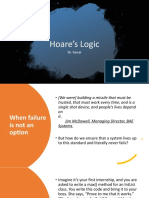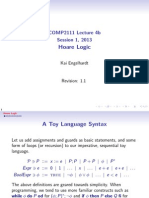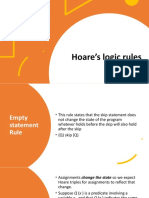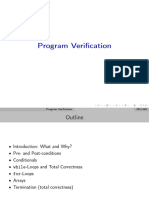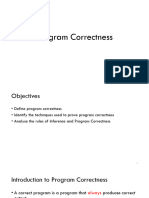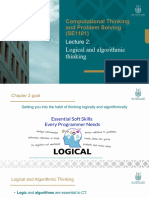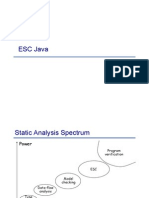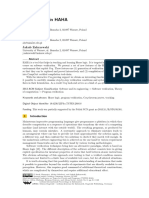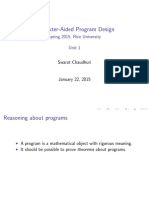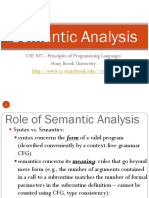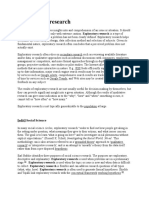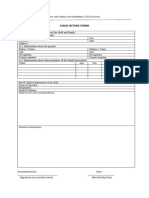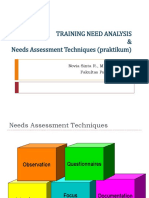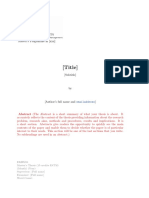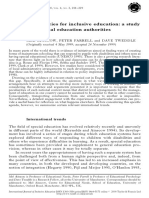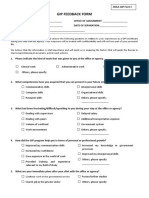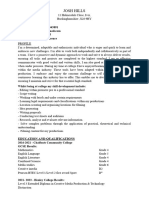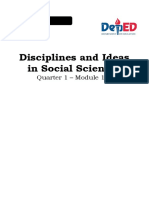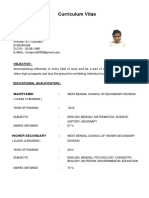0% found this document useful (0 votes)
210 views24 pagesHoare Logic in Formal Methods
Hoare logic is a formal method used to verify the correctness of computer programs. It uses Hoare triples consisting of a precondition, program, and postcondition. There are different types of Hoare logic like relational and probabilistic. Hoare logic provides precise verification through rules like assignment, sequence, conditional, alternation, iteration, and consequence. While powerful, it can also be time-consuming and have limited applicability. Overall, Hoare logic is a widely used formal method for program verification.
Uploaded by
Muhammad Amzar Ayisy Bin Mat FauziCopyright
© © All Rights Reserved
We take content rights seriously. If you suspect this is your content, claim it here.
Available Formats
Download as PDF, TXT or read online on Scribd
0% found this document useful (0 votes)
210 views24 pagesHoare Logic in Formal Methods
Hoare logic is a formal method used to verify the correctness of computer programs. It uses Hoare triples consisting of a precondition, program, and postcondition. There are different types of Hoare logic like relational and probabilistic. Hoare logic provides precise verification through rules like assignment, sequence, conditional, alternation, iteration, and consequence. While powerful, it can also be time-consuming and have limited applicability. Overall, Hoare logic is a widely used formal method for program verification.
Uploaded by
Muhammad Amzar Ayisy Bin Mat FauziCopyright
© © All Rights Reserved
We take content rights seriously. If you suspect this is your content, claim it here.
Available Formats
Download as PDF, TXT or read online on Scribd
/ 24
